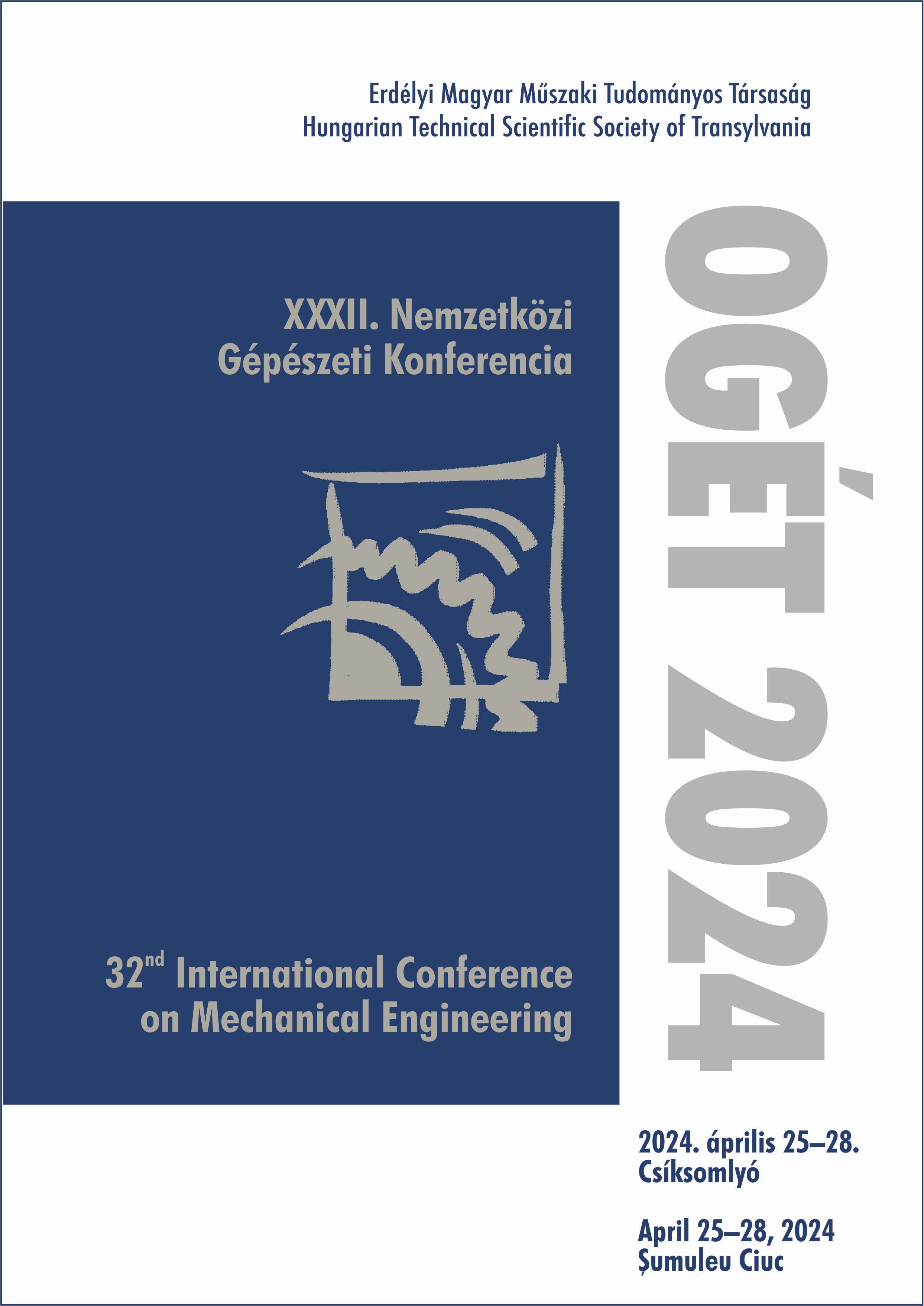Detektált úthibák távolságának meghatározása sztereó kamera és LiDAR segítségével
Measure the distance of detected road deviations with stereo camera and LiDAR
Keywords:
autonomous vehicle, neural network, stereo camera, LiDAR, object detection, /, autonóm jármű, neurális hálózat, sztereó kamera, objektum detekcióAbstract
One of the most important tasks of autonomous vehicles is to sense road deviations and different obstacles. To detect these obejcts, I developed a convolutional neural network with supervised learning. Besides the detection, I attempted to determine their position with various sensors. I compared the accuracy of stereo vision and laser ranging and provided a valuable conclusion for designing autonomous vehicles.
Kivonat
Az autonóm járművek egyik legfontosabb feladata az útfelület hibáinak és a különböző akadályoknak az érzékelése. A kátyúknak, fekvőrendőröknek és egyéb objektumoknak a detektálására felügyelt tanulással konvolúciós neurális hálózatot fejlesztettem. Az érzékelésen kívül megpróbáltam ezek pozícióját is meghatározni, amire több különböző szenzort teszteltem. Összehasonlítottam a sztereó látás és a lézeres távmérés pontosságát és hasznos konklúziót szolgáltattam autonóm járművek tervezéséhez.
References
S. T. Barnard, M. A. Fischler, Computational stereo, ACM Computing Surveys (CSUR), 1982, 553-572. old.
J. Kocić, N. Jovićić, V. Drndarević, Sensors and sensor fusion in autonomous vehicles, 2018 26th Telecommunications Forum (TELFOR), 2018, 420-425. old.
***, Stereolabs ZED 2, Stereolabs, https://www.stereolabs.com/products/zed-2 (Utolsó letöltés: 2024. 02. 19.)
L. Li, Time-of-flight camera - An introduction, Technical White Paper, 2014
J. Liadsky, Introduction to LIDAR, NPS Lidar Workshop, 2007, 1-41. old.
Y. Li, J. Ibanez-Guzman, Lidar for autonomous driving: The principles, challenges, and trends for automotive lidar and perception systems, IEEE Signal Processing Magazine, 2020, 50-60. old.
***, Ouster OS0, Ouster, https://ouster.com/products/hardware/os0-lidar-sensor (Utolsó letöltés: 2024.02.19.)
***, Livox Avia, Livox, https://www.livoxtech.com/avia (Utolsó letöltés: 2024.02.19.)
***, Livox Introduces High Performance, Low Cost, Mass Market Lidar Sensors For L3/L4 Autonomous Driving Applications, Livox, https://www.livoxtech.com/news/4 (Utolsó letöltés: 2024.02.19.)
Z. Li és tsai., A Survey of Convolutional Neural Networks: Analysis, Applications, and Prospects, IEEE transactions on neural networks and learning systems, 2021
J. Redmon és tsai., You Only Look Once: Unified, Real-Time Object Detection, Proceedings of the IEEE conference on computer vision and pattern recognition, 2016, 779-788. old.
B. T. Passos és tsai., Cracks and potholes in road images, Mendeley Data, 2020
O. Jayasinghe és tsai., CeyMo: See More on Roads - A Novel Benchmark Dataset for Road Marking Detection, Proceedings of the IEEE/CVF Winter Conference on Applications of Computer Vision (WACV), 2022, 3104-3113. old.
A. Bochkovskiy, C. Wang, H. M. Liao, YOLOv4: Optimal Speed and Accuracy of Object Detection, arXiv, 2020
D. Shah, Mean Average Precision (mAP) Explained: Everything You Need to Know, V7 Labs, https://www.v7labs.com/blog/mean-average-precision (Utolsó letöltés: 2024.02.19.)
M. Quigley és tsai., ROS: an open-source Robot Operating System, ICRA workshop on open source software, 2009, 5. old.


